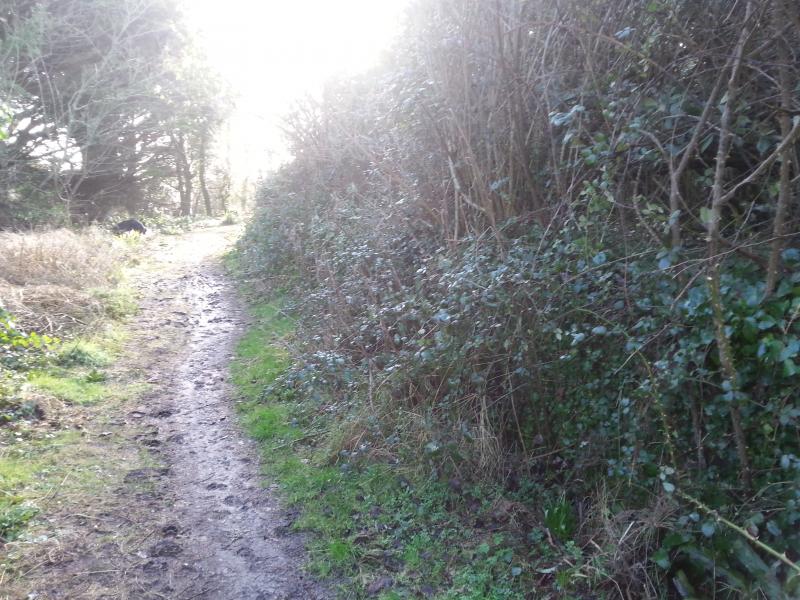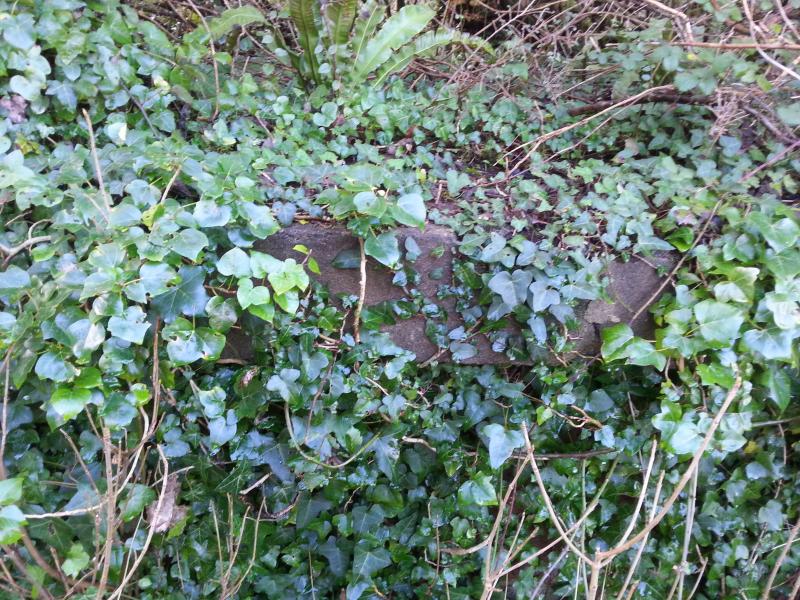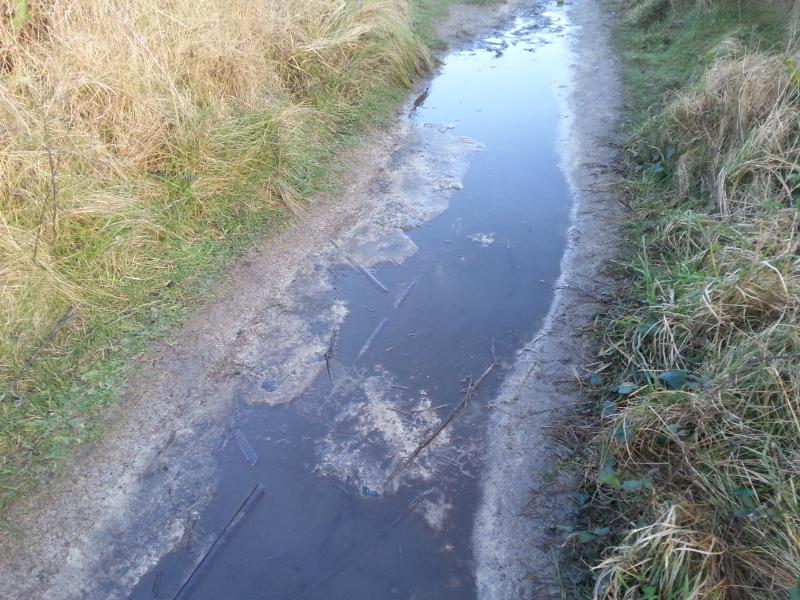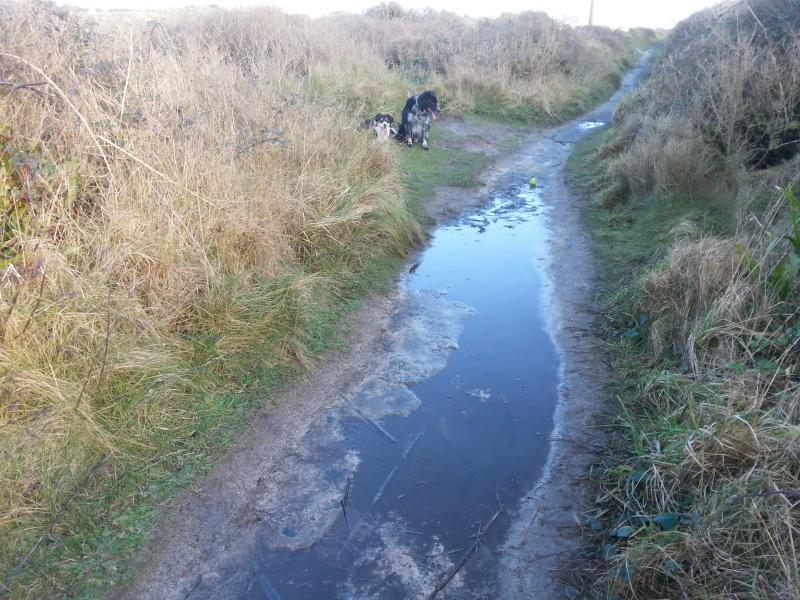National Explosive Factory Hayle
Posted
#170205
(In Topic #9651)
Inactive Member
I will soon be starting work on my new baseboard. I had to delay my original plans due to financial restraints.
Upon doing a little online research on here, RM Web as well as a couple of other sites I am considering constructing a layout based on the former site of the old explosive factory.
I understand that there was a spur line that served the factory during part of its time and have managed to trace the route of that line. This line is reported to have terminated behind the bungalows at Upton Towans and I have even managed to find the old platform tucked away in the trees there.
Here comes the tricky part. A number of reports say that the site itself was served by a locomotive (gauge?) that went around the site itself rather than terminating at the aforementioned platform. Is this true?
If so does anyone know where I might look for the rail plan? I have looked at a website called The Hayle Archive featuring The Bates Collection which gives a blueprint type hand drawn layout of the entire explosives factory. However it is a little ambiguous as to the extent of the rail line.
What type of engine and rolling stock were employed if the above is true? Anybody who might be able to offer advice, your assistance would be highly appreciated.
Chris
Posted
Full Member
AditNow Mine Exploration
Terry
Posted
Inactive Member
Chris
Posted
Inactive Member
Check this out:
http://www.hayletowncouncil.net/documents/RailwayBookCompletewithMaps-ready.pdf
Reading through it, especially walk three, I came to the conclusion that the gauge was probably standard gauge.
Posted
Inactive Member
I concur the gauge would appear to be standard. At least on the spur line.
Quite fascinating to be able to trace the old Redruth - Hayle railway route prior to the London Paddington extension to Penzance.
The engine I'm looking for was a M5 0-4-0 called Hill (at least it was called so during its time in Cwmbran). There are pictures of M5s on the web but what did the spark arresting funnel look like. Wouldn't it be amazing to be able to locate the number plate!!?
I've found evidence around the explosive factory site showing what appears to be some sort of narrow gauge rail/tram lines (pictures to follow if it ever stops raining!). :shock:
Anybody know where I might possibly find pictures of the elusive engine? Been looking online at even more websites and I'm getting blurred vision and a headache (no puns please!) :oops:
Posted
Inactive Member
Posted
Inactive Member
Posted
Full Member
I knew 2 large munitions sites in the north east fairly well - Aycliffe, a manufacturing plant, near Darlington and Thorpe Arch, a "finished goods" storage facility near Wetherby. Both these sites had very extensive narrow gauge "tram" line networks within the sites - in some cases, right into the buildings themselves. They were used to transport the heavy munitions from the semi-underground storage magazines to waiting road or rail transport for onward shipment (in the case of Thorpe Arch during WW2) to the bomber airfields of Yorkshire, Lincolnshire and East Anglia.
'Petermac
Posted
Inactive Member
www.irwellpress.com
Posted
Full Member
The standard gauge locos were fireless, i.e high pressure steam was pumped from a boiler house into what looked like a loco boiler but was actually a large steam tank/reservoir, obvious purpose was to eliminate spark throwing!
The narrow gauge lines were used by petrol driven "trolleys".
There is a 128 page book on the RNCF with plenty of photos, maps and text
"A pictorial record of the Royal Naval Cordite Factory" by M R Bowditch & L Hayward, Finial Publishing ISBN 1-900467-01-1.
Pictures include interior, exterior and construction shots of buildngs and the track and locos and a partial aerial view..
Cheers MIKE
I'm like my avatar - a local ruin!
I'm like my avatar - a local ruin!
Posted
Full Member
The Irwell Press appear to get all of their photos from The Transport Treasury. You might as well cut out the middle-man and go straight to here:As to pictures of the loco you could try getting in touch with the magazine Railway Bylines by Irwell Press
http://www.irwellpress.com
Rail and Transport Photographs Archive - Transport Treasury
Terry
Posted
Full Member
'Petermac
Posted
Full Member
Quite reasonably priced too.Some great shots on that site Terry. :thumbs
Well worth everyone having a look. Choose a collection and click on the 'slide show' option - magic.
Terry
 Last edit: by col.stephens
Last edit: by col.stephens
Posted
Inactive Member





Posted
Inactive Member
On a slightly different note I have hunted high and low for pictures of the engine, but it would seem it was very camera shy. There is a little bit of information on a website which details a history of the Cwmbran Wire Works. My sister lives in Cwmbran so I might be doing some real time research into local museums when I next pay her a visit. I still have hope that the old engine number plate was saved by somebody and now adorns their mantle-piece or resides in a local museum.
The journey continues…
Posted
Site staff

Regards
Alan
Born beside the mighty GWR.
Alan
Born beside the mighty GWR.
Posted
Site staff

Fixed.Chris,if you press enter a couple of times between photos you will get a gap and you can enter text if you want.
Ron
NCE DCC ; 00 scale UK outline.
NCE DCC ; 00 scale UK outline.
1 guest and 0 members have just viewed this.

